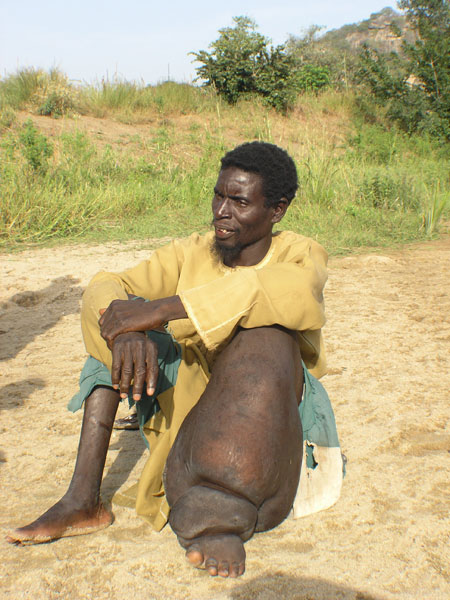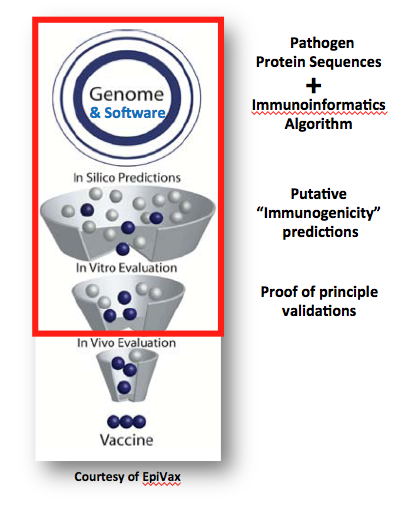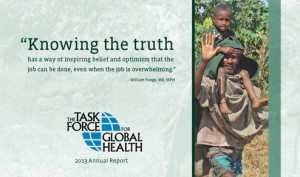Melissa TorresResearch Associate & M.S. Candidate M.S. in Biological Sciences Candidate Expected completion, May 2016 B.A. in Biological Sciences 2007 – 2011 Curriculum Vitae: Torres CV 2016 |
 |
| Basis for Graduate Studies Research
How do we untangle the complex host-pathogen relationship of ancient morbidity driven diseases? Neglected tropical diseases (NTDs) consist of a wide range of pathogens, including prokaryotic and eukaryotic organisms, each able to establish infection and persist in their hosts for long periods of time. If success of a pathogen were measured by the ability to thrive without killing its host, pathogens of NTDs would then be, by far, considered the most successful. Unfortunately, the same cannot be said for one third of the world’s population at risk for infection with one or multiple causative agents of the different NTDs. Infection comes at a debilitating cost for humans ranging from malnutrition impairing both child growth and cognitive function to disabling clinical manifestations such as adult blindness or even elephantiasis depending on the type of NTD(s) an individual is infected with. Ultimately, NTDs foster the cycle of poverty in developing countries where pathogens are endemic. Lymphatic filariasis is just one of the seven most common NTDs. However, lymphatic filariasis is of particular interest to me due to the disproportionately high rate of disease morbidity in comparison with other NTDs. Disease clinical manifestations of lymphatic filariasis, both painful and disfiguring, include elephantiasis, lymphedema and, in men, hydrocele. This unfortunate phenomenon implored my scientific curiosity to try and understand how it is possible for an ancient “wormy” pathogen to persist in humans and cause so much collateral damage. It all leads down the most fundamental limits of identity…self versus non-self. And somehow these pathogens have found the gray area in between. |
 Lymphatic filariasis clinical manifestation–elephantiasis. Image Source Accessed 1/5/16: http://www.cartercenter.org/resources/images/news/pr/man-with-lymphatic-filariasis.jpg |
|
Thesis My research is focused on an alternative immunoinformatics approach in efforts to identify and understand candidate T cell epitopes for downstream applications whether in early stages of diagnostic or vaccine development. Work within this thesis explores the utilization of computer aided technology to screen through pathogen derived protein sequences in order to narrow down to a subset of putative Class II HLA binding epitope clusters that could be synthesized for validation assays. Additionally, work on this project has included a series of validation studies through immunological assays such as HLA binding assays, peptide stimulation assays on human PBMCs, ELISpot, and FACs. The results from these validation assays are what I am currently investigating. As I finish up my thesis, I am evaluating the biological relevance, based on my results, of the HLA predictions originating from linear amino acid sequences I utilized from the proteome and secretome of one of the most studied causative agents of lymphatic filariasis, Brugia malayi. The combination of in silico with in vitro studies is allowing me to examine the gray area in between what our immune system identifies as self versus non-self. Even though I am coming up with more questions than answers, I am developing a profoundly deeper respect for the intricate system that defends our body through a series of checks and balances with such a high degree of specificity. Life is truly remarkable! |
 |
|
The most important lesson I am now learning as I write up my thesis and manuscripts can be summed up in one quote: “What appears as thoroughly systemic piece of scientific work is actually the final product: a cleanly washed offspring that tells us very little about the chaotic mess that fermented in the mental womb of its creator.” –Auner Treinin |
|
Selected Publications Schmaedick MA, Koppel AL, Pilotte N, Torres M, Wiliams SA, Dobson SL, Lammie PJ, Won KY. Molecular xenomonitoring using mosquitoes to map lymphatic filariasis after mass drug administration in American Samoa. PLoS Negl Trop Dis. 2014 Aug;8(8):e3087. doi: 10.1371/journal.pntd.0003087. eCollection 2014 Aug. Terry FE, Moise L, Martin RF, Torres M, Pilotte N, Williams SA, DeGroot AS. Time for T? Immunoinformatics addresses vaccine design for neglected tropical and emerging infectious diseases. Expert review of vaccines. 2014 Jan;14(1):21-35. Chu BK, Deming M, Biritwum NK, Bougma WR, Dorkenoo AM, El-Setouhy M, Fischer PU, Gass K, Gonzales de Pena M, Mercado-Hernandez L, Kyelem D, Lammie PJ, Flueckiger RM, Mwingira UJ, Noordin R, Owusu IO, Ottesen EA, Pavluck A, Pilotte N, Rao RU, Samarasekena D, Schmaedick MA, Settinayake S, Simonsen PE, Supalie T, Taleo F, Torres M, Weil GJ, Won KY. PLoS Negl Trop Dis. 2013 Dec;7(12): e2584. doi: 10.1371/journal.pntd.0002584. Pilotte N, Torres M, Tomaino FR, Laney SJ, Williams SA. A TaqMan-based multiplex real-time PCR assay for the simultaneous detection of Wuchereria bancrofti and Brugia malayi. Molecular and biochemical parasitology. 2013 May;189(1):33-7. |
|
Interviews and Media |
| If you have made it this far…. Please enjoy the following video of one of my many passions outside of my passion for science! Melissa’s Ballroom Competition |
 
|





